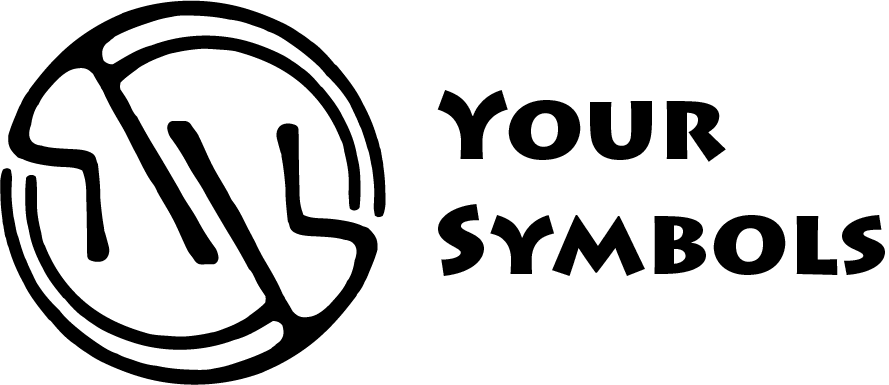To seek to make amends means far more than seeking to right wrong on your part. It is an act of walking all the way across the abyss of the other’s pain caused by you and them. It is to attempt to help them come to the middle, by going all the way to their side first. It is not only to repair what you have inflicted, but also to repair what they continue to inflict on themselves while laying the cause at your feet. It is to seek to right both wrongs, yours that you have caused, and theirs that you provoked. The purpose of making amends is not exoneration for you, but peace for them. When you damage another, you provoke them to self-damage “against you.” This is deep two-edged harm.
When you seek to repair, you help them lay down their knife that has cut both ways. To help someone heal from self-inflicted wounds is indeed a service which is your duty to provide. Repairing is also two-edged. It works in both directions as well. It provides the powerful thought: “One day the forgiven and the forgivers will rejoice in each other’s company!” It may be that there is no greater service than the service of seeking to repair harm.
Indicators:
- I seek to make amends for something I have done in the past.
- I genuinely seek forgiveness from others for what I have done.
- I see that my blaming generally, and not seeking to make amends generally, are connected.
- I seek to repair my wounded relationships.
- I help others make amends and repair their relationships.
- I see my responsibility for repairing damage I have helped cause.
- I teach about repairing and seeking forgiveness.





